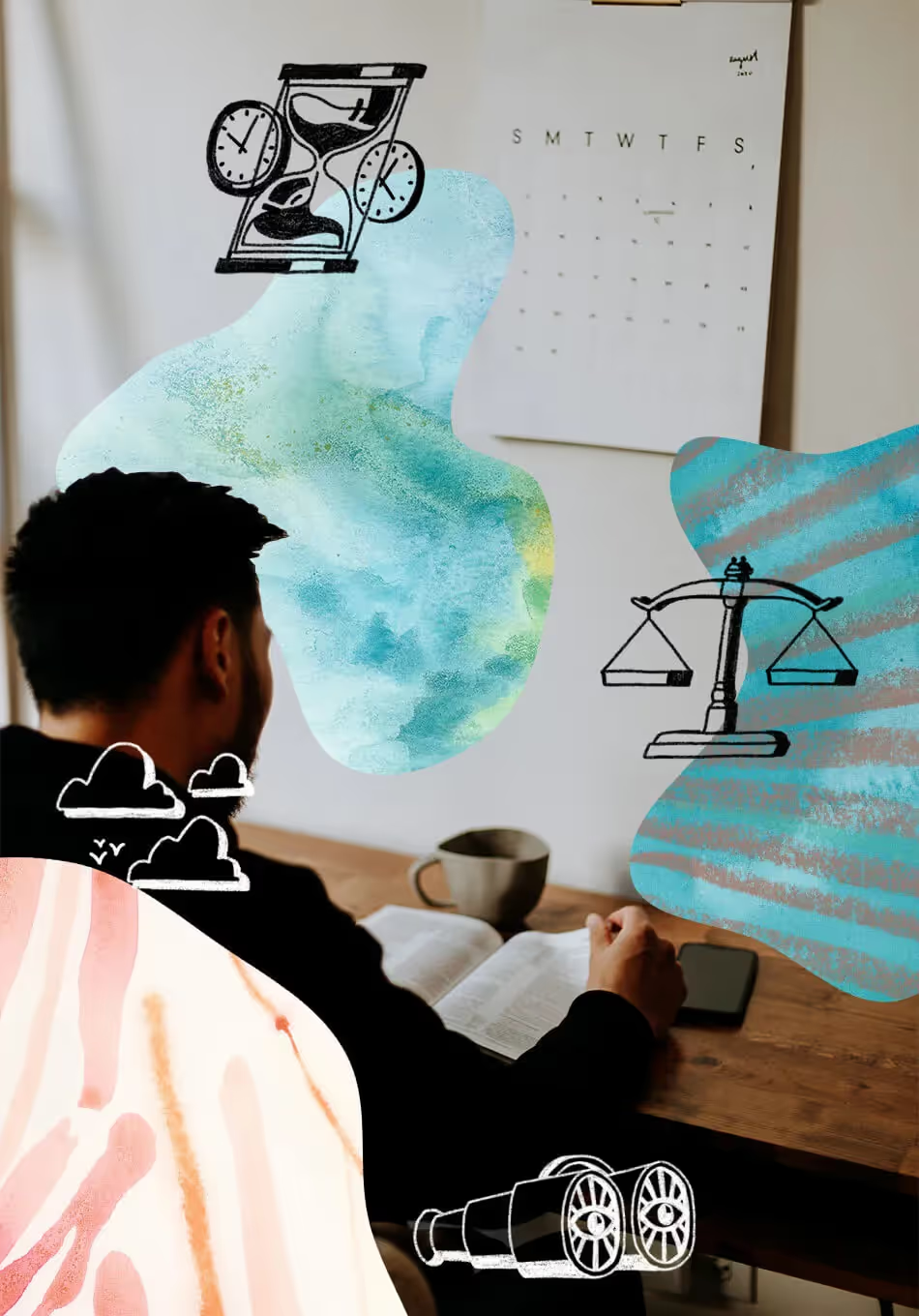What’s the role of a user researcher? There are a lot of good answers to this question, but we especially liked pro UX designer and researcher, Nicola Rushton’s. Researchers are there to facilitate learning. They’re a mix between a teacher and a liaison, helping teams along in their journey to learn more about their users, to make better decisions.
Nicola illustrated how involvement can facilitate learning with a great quote attributed to Ben Franklin—
“Tell me and I forget, teach me and I may remember, involve me and I learn.”
In Nicola’s experience, this holds true. The best way teams can truly get to know their users is to get them in direct contact with their users. She walked us through how she does this for discovery research in teams big and small.
Listen to the episode
Click the embedded player below to listen to the audio recording. Go to our podcast website for full episode details and transcript.
About our guest
Nicola Rushton is a research and design consultant with 10 years of experience in UX design. She writes insightful pieces about UX, speaks at workshops and conferences, and has even hosted her own podcast. She’s a digital nomad for most of the year, and spoke to us from Madrid, Spain.
1. Find your students 🙋
You’re a researcher. You’re doing a study to learn something from users. Who else can benefit from this user insight, from the methods you use to gather that insight? These are your students. Early on in any study, it’s worthwhile to think about who your students might be.
Product teams with embedded designers and product managers consistent make good students. In other cases, you might need to dig a bit deeper. Nicola loves working on these kinds of projects, where she gets to bring someone new into the research fold. She’s worked with engineers, content creators, founders, and even legal teams.
The best way to bring research newbies into the fold is to ask them for help. Saying, “This project is really important, I can’t do it alone” motivates people to actually invest in the research, to be fully present for it—you’re counting on them!
Set your students up for success by letting them know what you need up front. Nicola usually asks people to participate in a learning goals workshop, one session, and a synthesis workshop at the end. All in all, this should amount to about 2 ½ to 3 hours of someone's time, over a week or two.
2. Set a learning goal 🥅
Nicola’s favorite way to kick off a discovery research project is to set a learning goal. She hosts a workshop with the research stakeholders where they set a few learning goals for their research. Learning goals are clear and answerable questions that you are seeking to answer through your research.
To kick off a learning goals workshop, Nicola likes to ask people to brainstorm around the phrase, "If we're wrong that ____, this will fail." This is a great way to bring your biases to the surface, and to validate or disprove them objectively. All assumptions aren’t created equal, though. Nicola has the team order their assumptions from least to most risky and lowest to highest confidence. Push on the riskiest areas where you have the least certainty in your research.
Nicola likes this approach for a few reasons—
- Learning goals make it clear what you’re researching and why.
- It increases buy-in. Everyone who was involved in the learning goals workshop had their voices heard, making it likely that you’re researching something near and dear to them.
- It creates a bit of a cliffhanger for the people involved. They want to know the results, and since they’re involved in the process, they’ll be waiting for them instead of passively reading them once you’ve concluded your research.
3. Make sure they take notes 📝
This is Nicola’s favorite way to get people involved in the process of doing research. And she’s pretty particular on how she likes to do it. She hands the note-taker a two-column table with the main topics of inquiry on the left and blank space for notes on the right. She then asks them to take notes as close to verbatim as possible. This keeps them fully engaged throughout the whole session, not checking Slack in the background or tuning out.
For Nicola, verbatim notes also make it easy to look back on exactly what the user said during the session. You can use this to articulate problems in a more authentic way, add copy to your designs or marketing material, or simply to empathize a bit more with your users.
4. Collaborate to synthesize your results 🧪
So far you’ve collaborated on learning goals and the research sessions themselves. Don’t go solo on, arguably, the most important part. Bring the team back together to synthesize the results. Here’s how:
- Get it on the calendar.
- Invite the same group from your learning goals workshop. They already have context on why you’re doing this thing to begin with. They should have sat in some sessions too! They’re invested in how this thing shakes out. Revisit your learning goals and decide together whether or not you’ve learned those things.
Final thoughts
Research is a team sport. Find your students and involve them as much as possible throughout the process. You’ll do your most important job in this way: bring user insight to everyone in the team who can put it to use.




.avif)














